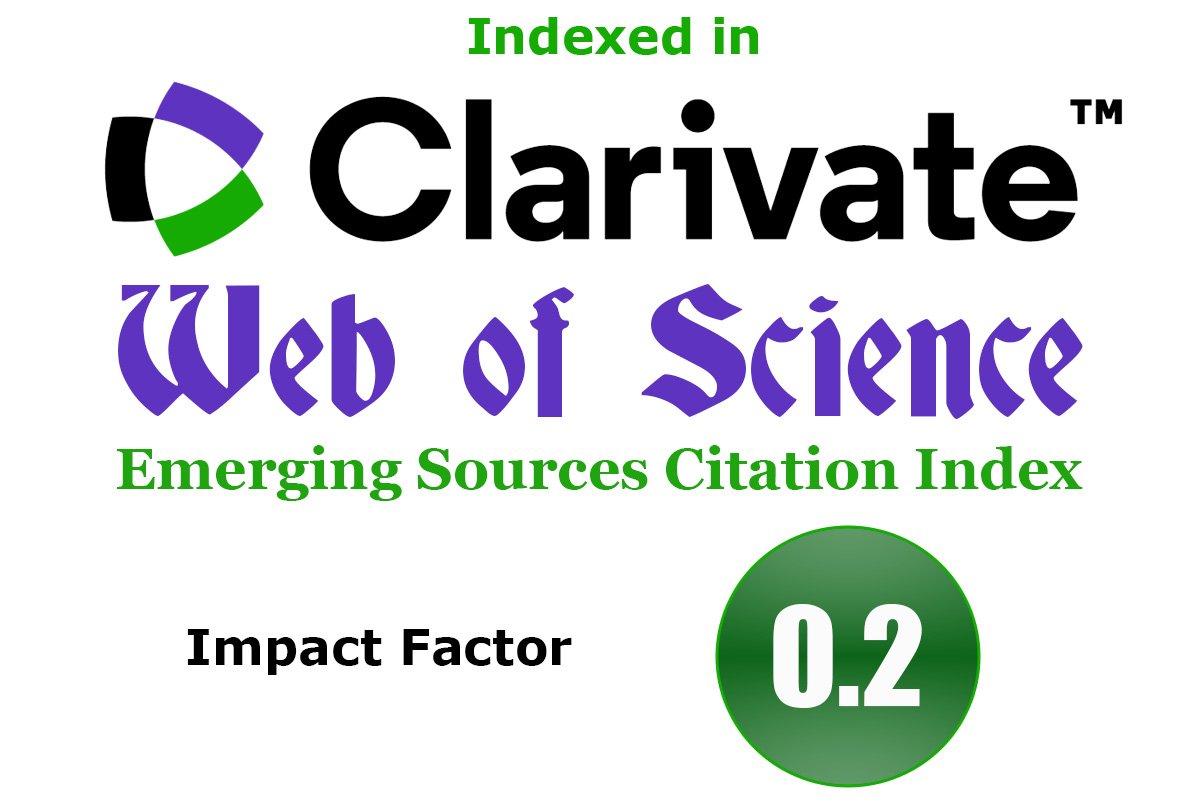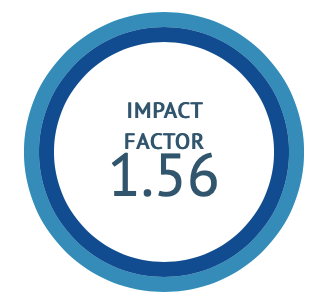Exploring the Anti-inflammatory Potential of Blue-Green Algae: Formulation and Evaluation of Spirulina Ointment
DOI:
https://doi.org/10.47552/ijam.v16iS2.6204Keywords:
Spirulina, Blue-Green Algae, Anti-inflammatory, Ointment, Microalgae, Skin ProtectionAbstract
Blue-green algae, also known as cyanobacteria, are a diverse and ancient group of photosynthetic microorganisms that have been of great interest to scientists due to their nutritional, medicinal, and industrial applications. These microbes, some of the oldest organisms on our planet, are currently being discovered as a rich reservoir of bioactive compounds with applications ranging from nutrition to drug discovery. Spirulina and other cyanobacterial genera, in specific, have exhibited strong anti-inflammatory, antioxidant, and immunomodulatory activities and are potential drugs for topical and systemic therapy. Bioactives like phycocyanin, polysaccharides, and carotenoids are key players in exerting these properties and have been effectively added to ointments for better delivery and efficacy. Cyanobacteria exhibit significant utility in promoting human health and possess extensive applications in the field of cosmeceuticals due to their photoprotective properties and skin-regenerative capabilities. Furthermore, they are employed in bioremediation, biofuel generation, and nutraceutical synthesis, thereby constituting a vital component of sustainable biotechnological innovations. Despite these advantages, challenges such as the occurrence of cyanotoxins like microcystins, variability in bioactive compound content, and constraints associated with cultivation underscore the imperative for additional research and standardization efforts. The current investigation aimed to examine the anti-inflammatory properties of the blue-green algae Spirulina, alongside the formulation and evaluation of Spirulina-based ointments. This review endeavors to highlight recent advancements in the anti-inflammatory potential of blue-green algae, with particular focus on the formulation of topical ointments.
Downloads
Published
How to Cite
Issue
Section
License
Copyright (c) 2025 International Journal of Ayurvedic Medicine

This work is licensed under a Creative Commons Attribution-NonCommercial-ShareAlike 4.0 International License.
The author hereby transfers, assigns, or conveys all copyright ownership to the International Journal of Ayurvedic Medicine (IJAM). By this transfer, the article becomes the property of the IJAM and may not be published elsewhere without written permission from the IJAM.
This transfer of copyright also implies transfer of rights for printed, electronic, microfilm, and facsimile publication. No royalty or other monetary compensation will be received for transferring the copyright of the article to the IJAM.
The IJAM, in turn, grants each author the right to republish the article in any book for which he or she is the author or editor, without paying royalties to the IJAM, subject to the express conditions that (a) the author notify IJAM in advance in writing of this republication and (b) a credit line attributes the original publication to IJAM.





